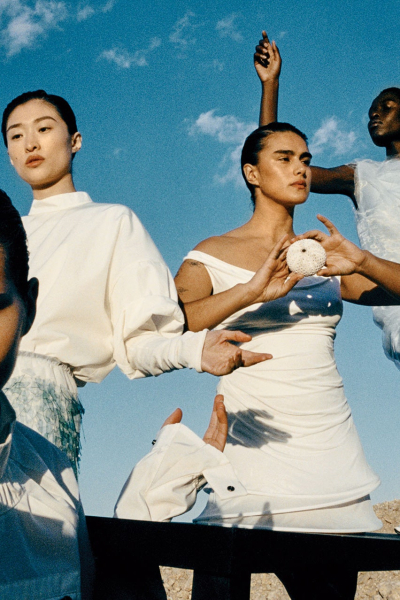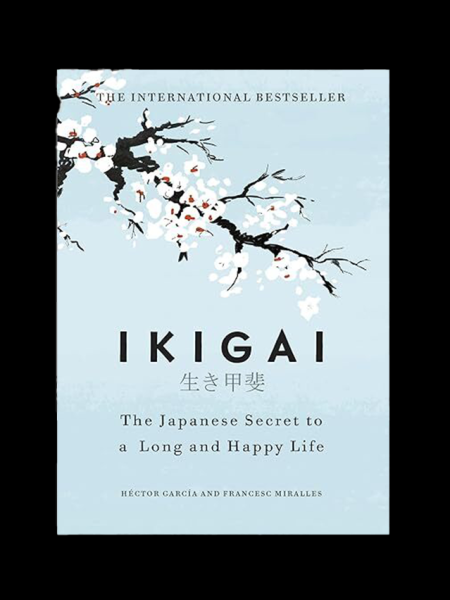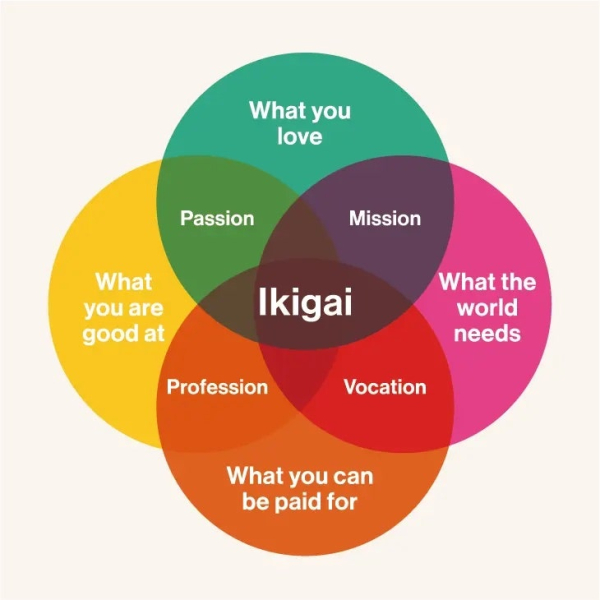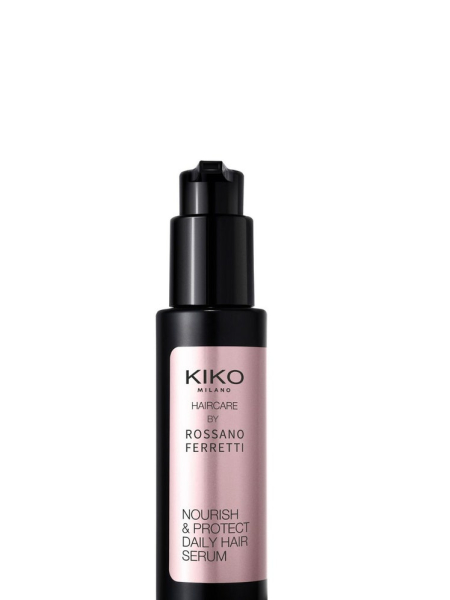
The Scandinavian countries all rank among the top 10 happiest countries in the world, according to the 2024 World Happiness report conducted by the University of Oxford’s Wellbeing Research Centre. In the case of Denmark, this contentment is often attributed to the hygge lifestyle. The Japanese, meanwhile, have their own version of this: ikigai, thought to be one of the secrets to the longevity of the inhabitants of the island of Okinawa.
What is ikigai?
Ikigai is an ancient Japanese philosophy aimed at identifying the meaning of our existence. The term ikigai comes from combining the words “iki”, Japanese for life, and “gai”, which means reason. “Our ikigai is different for each of us, but one thing we have in common is that we are all searching for meaning,” says Hector Garcia, co-author of the international bestseller The Ikigai Method. The Secrets of Japanese Philosophy for a Long and Happy Life, a book that helped popularise this philosophy in the West.

Ikigai: The Japanese Secret To A Long And Happy Life
£15 £12
Amazon
In ikigai, the idea is that the body and mind work in harmony. It encourages finding an activity that you can excel in and are satisfied by, and that also benefits others. “When you feel down, just thinking about your ikigai changes something in you,” Garcia says.
How to find your ikigai
Start by identifying four categories of activities, following the ikigai diagram. It can be helpful to make lists to help help you choose. For example, write down examples of:
- Activities you love to do
- Activities that the world needs
- Activities you can get paid for
- Activities you do well

The goal is to find an activity that spans all four categories: a hobby, a sport, even a job. “The ikigai urges people to simplify their lives by pursuing what brings them joy,” says Marie Kondo, queen of decluttering, another high-profile proponent of the method.

